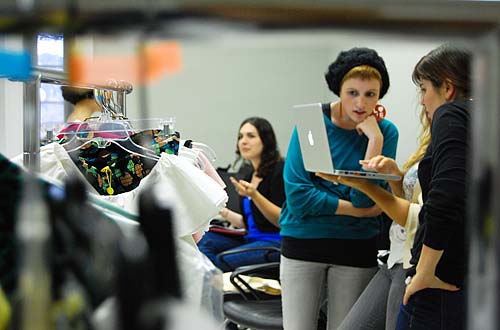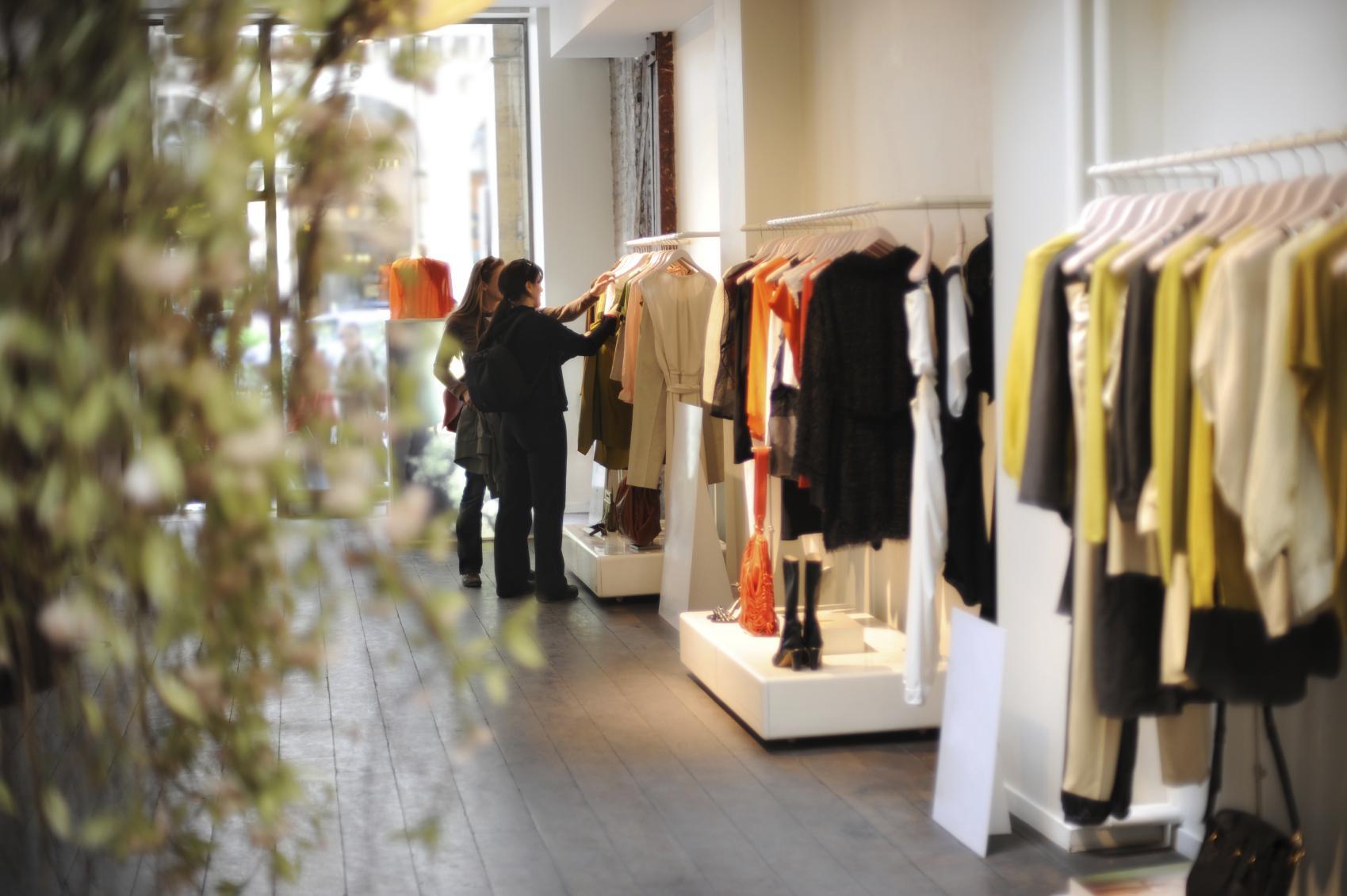TRENDSPOTTING 2016: "While China continues to dominate the global market as the sourcing hub, a few international treaties and initiatives like TPP, AGOA, EU -Vietnam FTA etc, is expected to change the global sourcing landscape and new power centres are bound to emerge. Industry forecast suggests the market growth rate of developed countries will slowdown and big emerging economies like China, India will be the key driver of growth."

Trade treaties change the game

While China continues to dominate the global market as the sourcing hub, a few international treaties and initiatives like TPP, AGOA, EU -Vietnam FTA etc, is expected to change the global sourcing landscape and new power centres are bound to emerge. Industry forecast suggests the market growth rate of developed countries will slowdown and big emerging economies like China, India will be the key driver of growth. Even though dramatic sourcing shifts are unlikely in near future and China is likely to dominate, optimism hinges on potential opportunities from various international trade deals in the long term. “Although apparel imports from China into the US have remained largely flat, we are seeing a slow but steady shift away from China as businesses look to position their supply chains to take advantage of the forthcoming trade deals. Many vendors are looking at Vietnam due to the potential benefits from TPP (the Trans-Pacific Partnership),” explains Colin Browne, VP and MD of Asia Product Supply at VF Corp.
Explaining the long term impact of AGOA , Browne he says, “From a geographical perspective, sub-Saharan Africa is finally becoming a reality, especially now that AGOA has been extended. We are seeing an increased number of vendors visiting the continent and a number of deals being done. It will be a long time before it rivals the Asian supply base, but the size and availability of resource will allow it to become a dominant player over the next 25 years. As brands venture into such new markets, doing so with known and trusted factories or partners will make the journey less arduous and reduce risk to both parties. These deep, symbiotic relationships will be key to long-term success.” His opinion is reiterated as KL Lee, vice chairman of Esquel Group as he points out that after TPP conclusion in October, there are even more questions as to whether China will lose its leadership position in textiles and apparel. For those who continue with the old ways of manufacturing and not transforming, there is no choice but to move operations to the so-called ‘low-labour-cost’ countries. Esquel is pursuing a different approach: with innovation and using technology in the form of automation and process improvements, they will increase productivity and therefore reduce unit labour cost while improving quality consistency. So while Esquel’s workforce will earn more by sharing the company’s economic success, the company can remain competitive. Of course, Esquel is not only in China as it has facilities in Vietnam and Malaysia that stand to benefit from TPP.
Also as developed countries such as US, EU and Japan are focusing solely on highest-value stages of textile and apparel value chain, that are designing, marketing and distribution while manufacturing activities are concentrated in China, India and other developing countries such as Bangladesh, Vietnam, Pakistan, Indonesia, etc. Rick Helfenbein, President of TellaS Luen Thai (USA), and chairman of the American Apparel & Footwear Association (AAFA) opines the sourcing landscape is unlikely to shift dramatically in 2016. China may dip down a few notches, and Vietnam will move up, but the two combined will still hold nearly 49 per cent market share of the US apparel business. In fact, the top five countries – China, Vietnam, India, Bangladesh, and Indonesia – will likely have a 65 per cent market share of the US in 2016. The best strategy continues to be optimisation of the supply chain with a focus on price, quality, and speed to market.
Lack of sustainable environment a bug bear

Improving productivity and collaboration across the entire demand chain are also seen as key. From a sustainable investment focus perspective on the opportunities and risks in the supply chains and challenges in the procurement activities from developing countries continues to be a crucial factor the major textile and apparel players. Issues like disparity in wages, lack of basic human rights, child labour, strikes, unhygienic work infrastructure, exploitation of women labourers, safety hazards are rampant in the developing countries which is creating a major hindrance in the consolidation of global supply- value chain.
An Accenture and the World Economic Forum report, highlighted that while a business case can be made for improving conditions, human rights frameworks lay out an obligation on corporations to make sure every worker in their supply chain is paid a living wage, trumping other considerations. Garment workers in Bangladesh make merely 0.6 per cent of a EUR29 product in total earnings, well below the living wage, a recent report has found. In Bangladesh, many garment workers have to work 14-16 hours shifts each day (most often six days per week). In Pakistan, workers have to work 10 or more hours a day. In Thailand, during peak season, excessive overtime is common as factory owners are reluctant to hire additional workers. Unsafe working conditions continue to be a problem ot only in Bangladesh, but also in many developing countries. Often, workers face unsafe, cramped and hazardous conditions at work which can lead to health problems of the workers and to dangerous situations in the factories such as fires and collapses.
Trade Unions (TUs) have the potential to play an effective role in solving disputes between workers and employers. In many countries, internationally guaranteed rights such as the right to organise are highly restricted. Hence, many TUs are often tightly controlled, yellow unions exist, and TU members may be arbitrarily dismissed, detained or sometimes threatened with their lives. (e.g. in Cambodia 115, Pakistan116). In these cases, the potentially helpful role of TUs is diminished. However, international trade laws, United Nations are increasingly reinforcing the basic rights for the workers and determining the basic wages but in various places the local Governments are reluctant to implement them strictly to keep low production cost and maintain the market dominance.
Paul Forman, Group Chief Executive, Coats Plc says “In terms of strategies the importance of knowing your supply chain cannot be underestimated, wherever in the world it is. Ethical sourcing and corporate responsibility is increasingly becoming a competitive advantage for industry players. Consumers quickly punish weak unethical behaviour and increasingly reward outstanding performance, so there must be continued improvements in standards worldwide. The sourcing landscape is increasingly as much about the 'who' and the 'how' as much as the ‘where’.”
Future claims for responsible sourcing
It seems a good cost/benefit ratio was perfectly adequate for the successful procurement of textiles and clothing in the past, but now a whole range of other factors have to be taken into consideration, both on the sales and procurement market front including speed of innovation, volatility of demand, more effective product differentiation (e.g. by region) and, last but not least, the higher social and environmental standards in production expected by customers. Further, in the socio economic dimension, the management of supply chain is increasingly focusing on the procurement of raw materials, particularly cotton and leather), product safety (including the use of hazardous substances), and the carbon footprint of products, in the garment industry, about a quarter of CO2 is produced during raw material production, and half during the garment manufacturing process. Finally, it is to be seen whether and how sustainable procurement policies and potentially controversial aspects of the supply chain can have a positive or negative impact on enterprise value. Although environmental aspects are become increasingly important, the focus still tends to be on the social dimension at present.












